
Two young girls present with nearly identical forehead lesions and mild alopecia. Do you recognize these signs? Can you Dx?

Two young girls present with nearly identical forehead lesions and mild alopecia. Do you recognize these signs? Can you Dx?

Test your visual diagnostic skills with an up-close look at 3 papulosquamous rashes and see if you can make a Dx match.
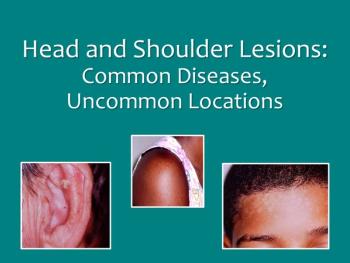
Three cases of lesions often seen in primary care, 2 seen in uncommon locations. Test your visual diagnostic skills.

Three siblings share a scaly, lizard-like rash. Neither parent has the condition. What do you think this could be?
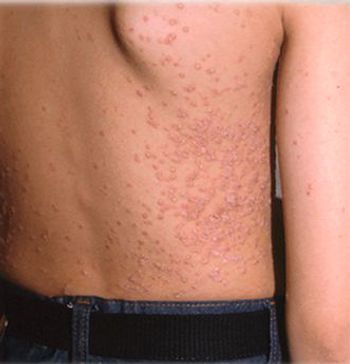
Guttate and other psoriasis may be confused with other rashes and skin lesions. Scratch the surface of your knowledge with this crash quiz.

Three-year-old boy has rash x7 days on arms and legs plus low-grade fever x10-14 days. Is the eruption anomaly or simply ordinary?
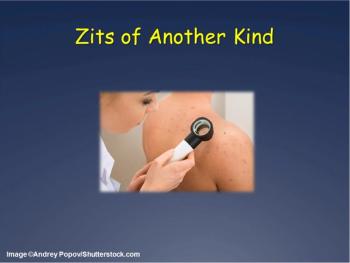
A teen boy has tried everything for his "zits" without improvement. Take a close look at the eruption. Acne? Or, something else? Another Case Study from the Clinic.
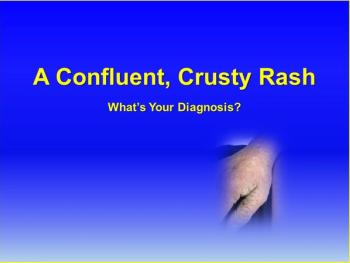
How would you approach diagnosis of this widespread, nonpruritic rash? Lab work? Skin tests? Or will history and physical findings suffice?

Patient also has fever, fatigue, and nonpainful nodules with the rash, which is worse after exertion. What is your diagnosis?
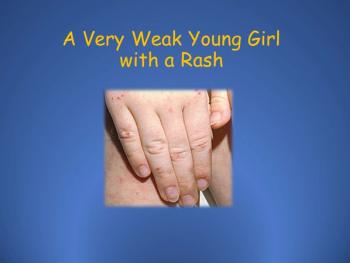
Increasing fatigue and muscle weakness now keep this 7-year-old from interaction with her peers. Get the details and a closer look at the rash. Your Dx?

A teen athlete comes in for his preseason physical. Everything looks good until he lifts up his shirt.

The "new year" is now in full swing and new drugs are being approved each month; check out our slideshow to get up to date on 9 drugs approved in the first quarter for primary care.

Urticarial wet plaque, smaller pink urticarial lesions on the temple and eyelid, eyelid edema, no vesicles or pain. What's your diagnosis?

Self-treatment has done nothing to slow the progress of this lesion which the patient thought might be an insect bite at first. Your Dx?
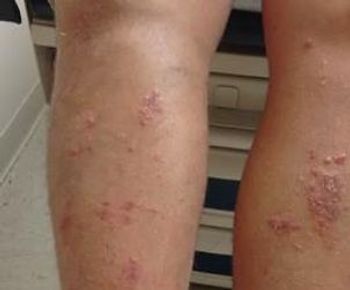
Here are key clues: an intensely pruritic rash on the lower legs that developed within hours after the patient walked through a grassy field near a lake.
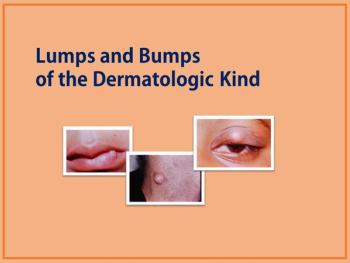
An up-close look and a short lesson on each of 7 dermatologic lumps and bumps. Would any of them give you cause for alarm?

A 13-year-old is teased at school because of several coin-sized shiny spots that have appeared on both shins and will not heal. Dx?

After a few days at play on the beach, young brothers present with similar erythematous eruptions on their abdomens. Can you Dx?

Can you identify these 4 lesions seen in a primary care setting? Should biopsy be performed on any? All? Test your visual diagnostic skills.

Three men over age 50 years, three different lesions: which would concern you?
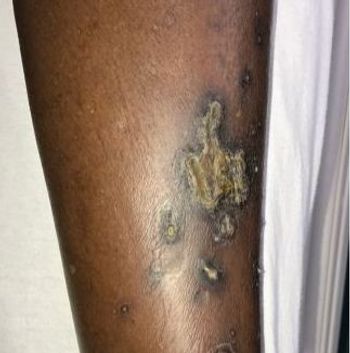
Can you identify the cause of the hyperpigmented umbilicated lesions seen bilaterally on the patient's extremities and on her back?

Test your knowledge of the products of climate change and the health effects they may have.

Increases in diabetes, insomnia, and skin cancer are just 3 of the hazardous trends identified in recent research. More findings in our slide show.
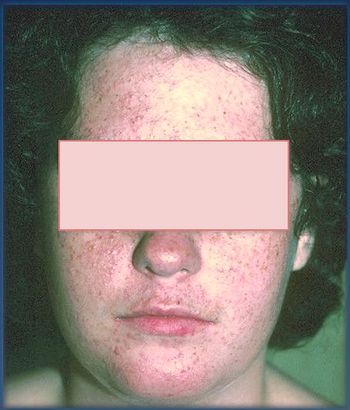
Take this quick quiz, based on Dr Jon Schneider’s popular case reports, to test your knowledge of a common teenage plague.
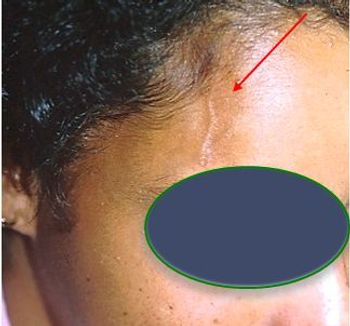
Disfiguring lesions are the telltale sign of this skin condition. Take this quick quiz to test your knowledge.